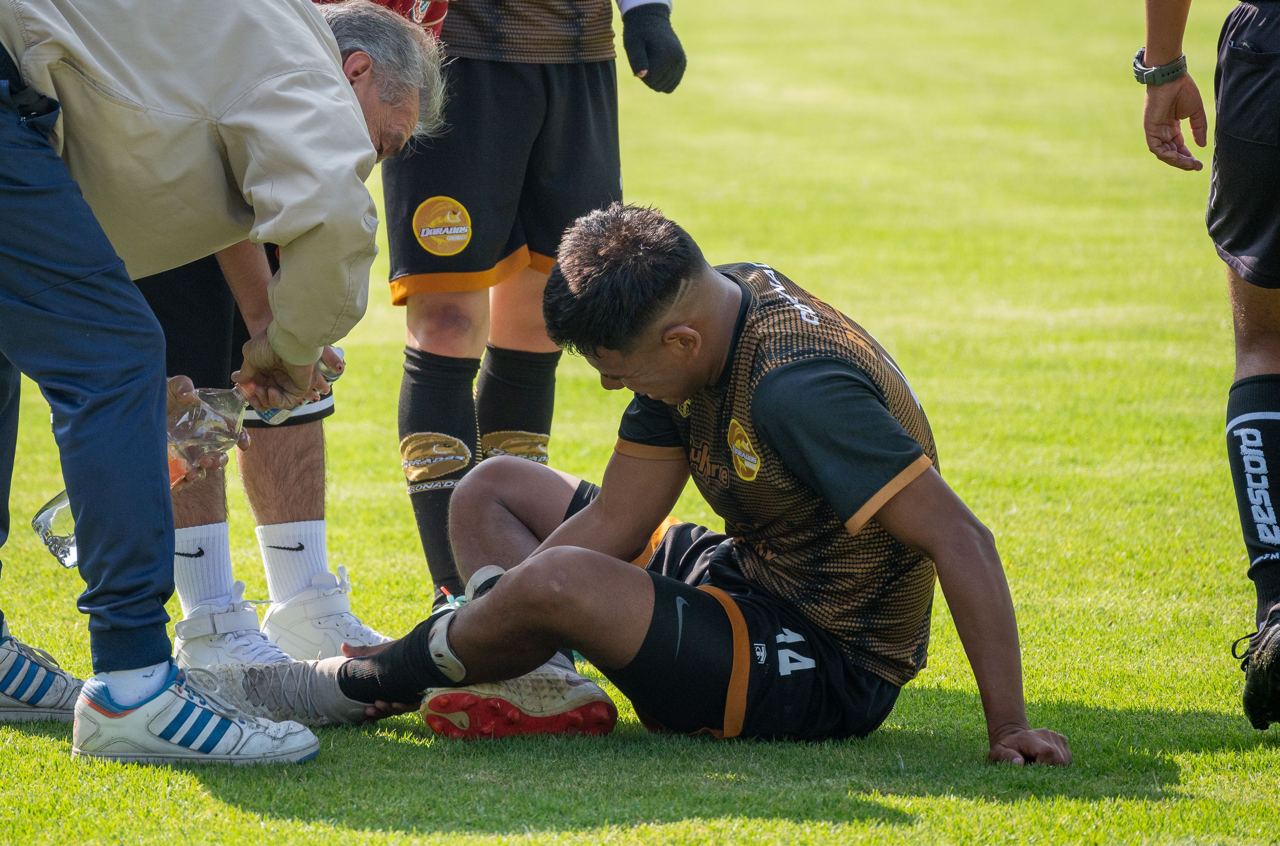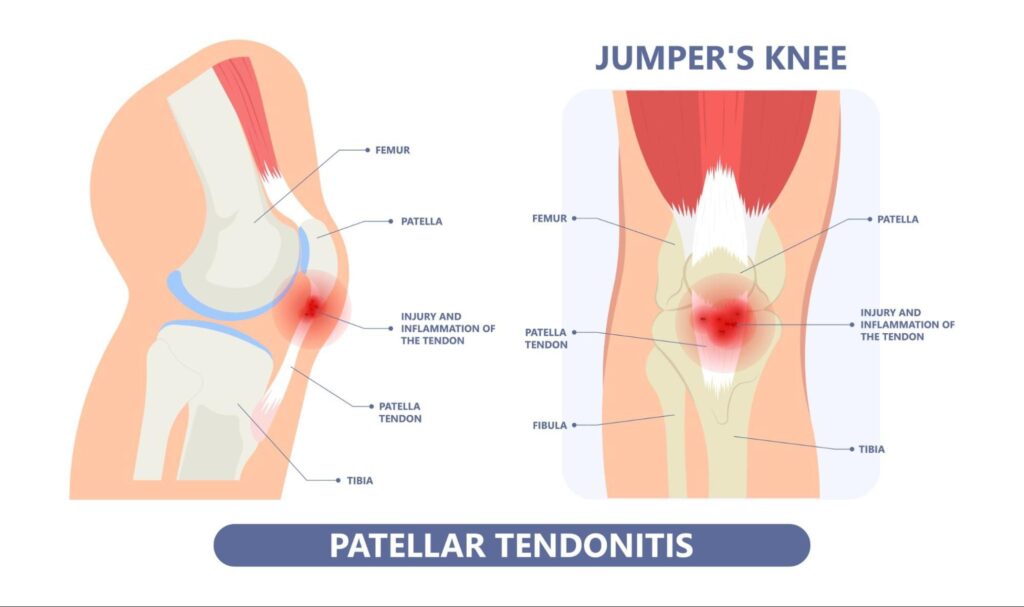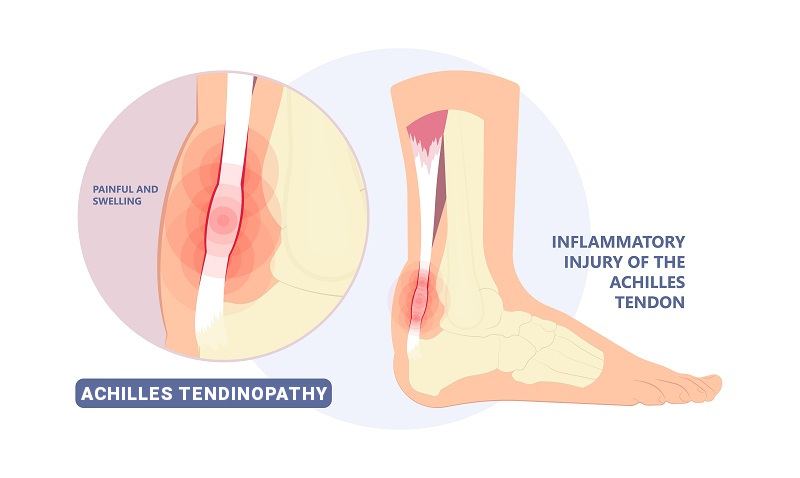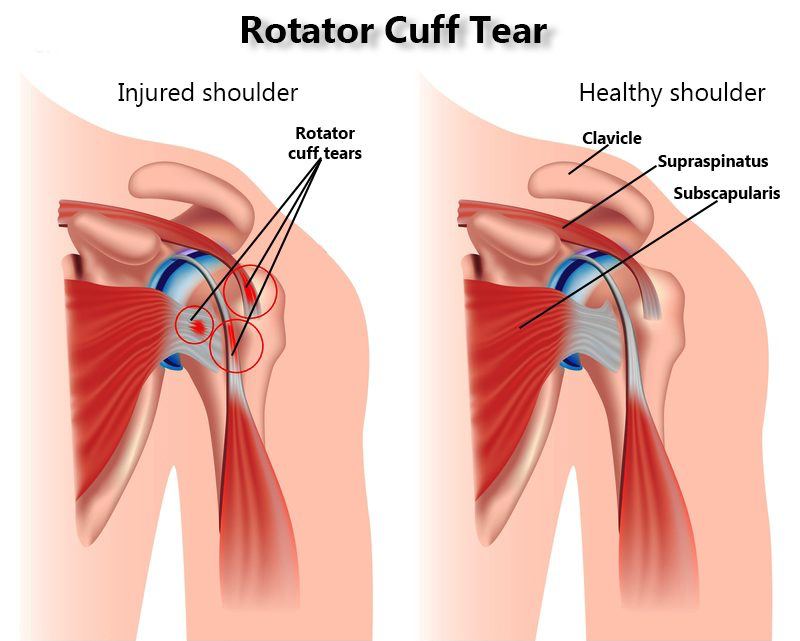
Sports Injuries: Types, Treatments, and Prevention
Sports injuries
Define as the injuries that can be occurs during sports or exercise. Such type of injuries can also be occur
during occupational setup like painters, factory workers, janitors, gardeners etc.
It might be tendon rupture, bone fracture muscle tear, dislocation of joints. To understand better such
injuries are divided into 2 broad divisions
Acute injuries: Sudden and severe discomfort during exercise cause pain and limitation of movement
is called acute injury. While playing any outdoor game or weight lifting some might experience severe
pain after falling, receiving a blow and sprain.
Chronic injuries: it happens by passage of time or gradually by overuse or doing for long period of
time with bad technique.
Fracture bone: A broken bone is caused by sudden force being applied to a bone. This is sometimes also
called a fractured bone. This can happen in almost any sport. Early symptoms are numbness, swelling
redness or tightness in case of compartment syndrome it cause movement limitation these injuries are
acute.
Stress fractures: Chronic injuries caused by repetitive motions over time. These motions can cause tiny
cracks in the bones. Because stress fractures happen gradually, your pain may increase gradually. You
may not even know you have a fracture.

Jumper’s knee: This is also known as patellar tendinitis. Jumper’s knee happens when there is an injury
to the tissue that connects your knee cap and thigh muscles your shin bone. Sports with repetitive
jumping are common triggers for this injury like basketball. These injuries can be acute or chronic.

Achilles tendon injuries: Your Achilles tendon is the thick, corded tissue that connects your calf muscle
to your heel. This is the largest tendon in your body. It’s used to help you walk. Achilles tendinitis is a
common injury to the Achilles tendon. It’s common in sports that require a lot of running. These injuries
can be acute or chronic.

Rotator cuff injuries: Your rotator cuff is an area inside your shoulder. It helps your shoulder move and
keeps it stable. Injuries to this area are common when the same actions are repeated many times, such
as in swimming, tennis, or baseball.

Tennis elbow: Tennis elbow is a painful condition caused by overusing your elbow. Tennis players and
golfers are likely to get it. It causes pain on the outside of your elbow. The pain is caused by
inflammation in the tendons. Other symptoms may include weakness, especially as you try to grip
objects. These injuries can be chronic.
There are many other forms of sports injuries and at different points of musculoskeletal system. I can
write those in some other articles. Now we move on to another important issue that is prevention.

Prevention of sports injuries
Systemic approach
- Establish extent of injury in given population
- Identified the risk factors
- Validation or injury prevention strategy
- Overview the step 1 to know the results
General approach
- Wearing the proper equipment
- Not to over train or frequent use of same muscle or joint
- Don’t train while having prior injury
- Moving or jumping on hard track
- Lack of muscle warmup before sports
- Stay hydrated
- Develop personal balance and strength
Treatment
Most minor sports injuries can be managed at home and should get better in a few days.
R.I.C.E. treatment plan: Rest, Ice, Compression, and Elevation.
For injuries affecting legs, knees, or ankles, you may need to use crutches so you don’t put weight on the
injured body part.
Put ice on your injury. That will help with pain and swelling. You should apply ice to the affected area for
15 to 20 minutes every four hours.
Keeping pressure on the injury will also help with swelling. It will also provide additional support. An
elastic medical-grade bandage works best.
Propping up the affected area will help you rest your injury properly. It will also help reduce swelling.
When to see the doctor
Go to the doctor right away if your injury causes extreme swelling, bruising, or an obvious deformity.
Visit your doctor if the pain is severe, or if the swelling or pain doesn’t go away after a few days.
They may tell you to take medicines to feel better. These may include ibuprofen, acetaminophen.
These can help with pain and swelling. Your doctor may also give you a device, such as a sling or splint,
to help the injured area heal.
Young athletes are especially at risk for injuries. Children who play the same sport all year are especially
vulnerable. Repetitive motions from these sports can affect their growth plates
Some doctors recommend playing sports in a specific season. For example, instead of playing soccer all
year, play soccer in the spring, baseball in the summer, and basketball in the winter. This variety can
reduce the risk of putting stress on the same joints all the time.


Leave a Reply